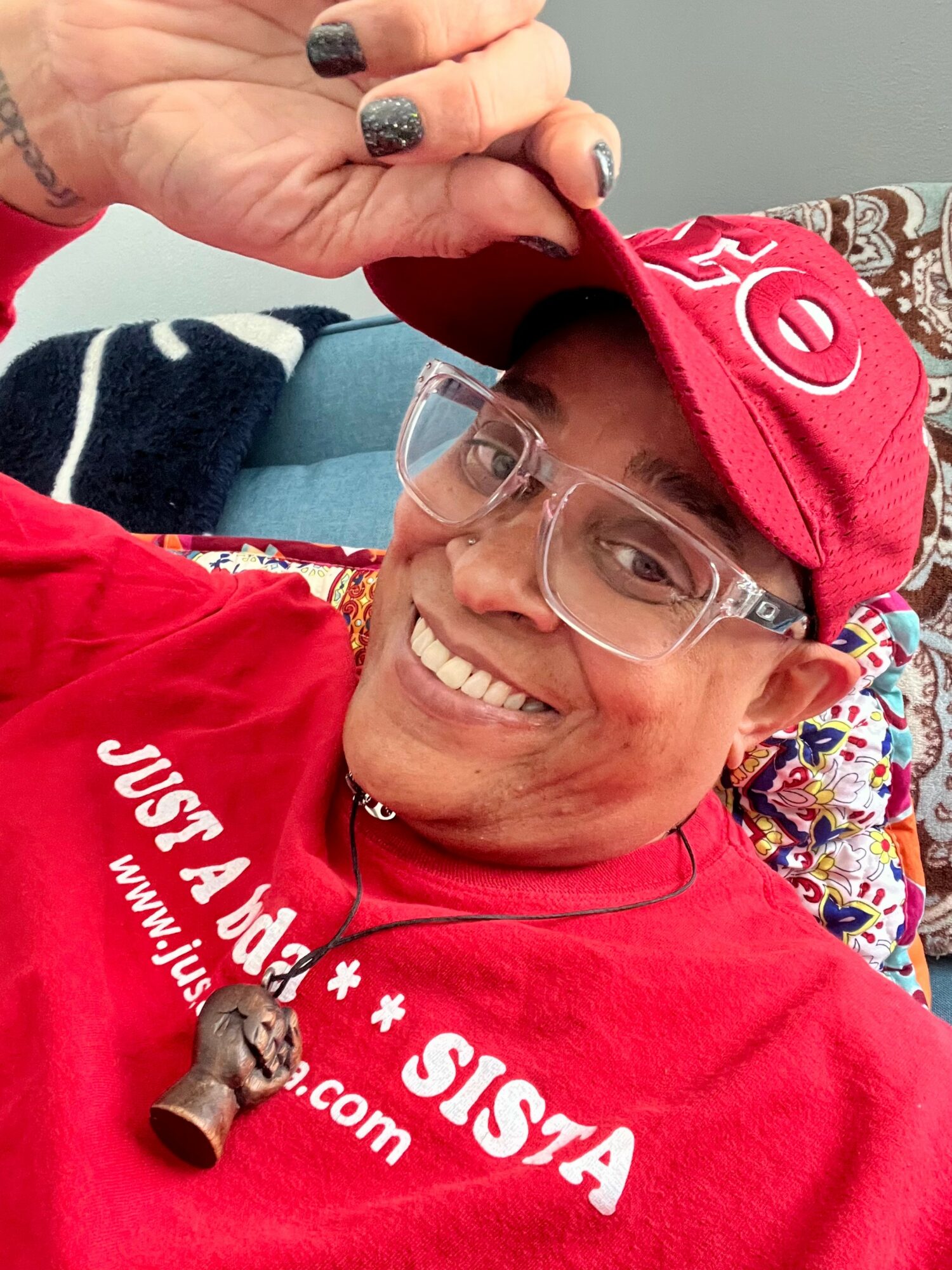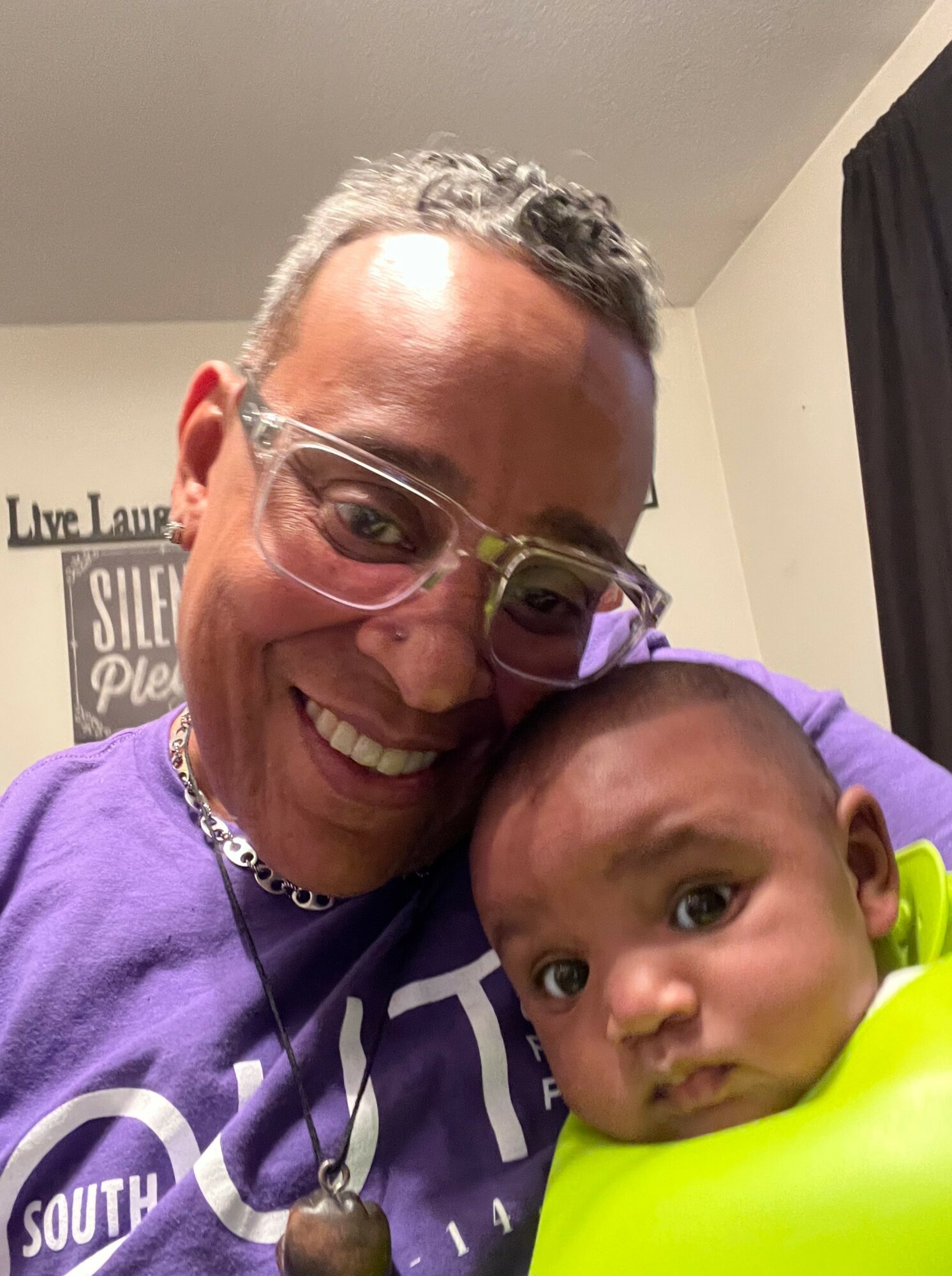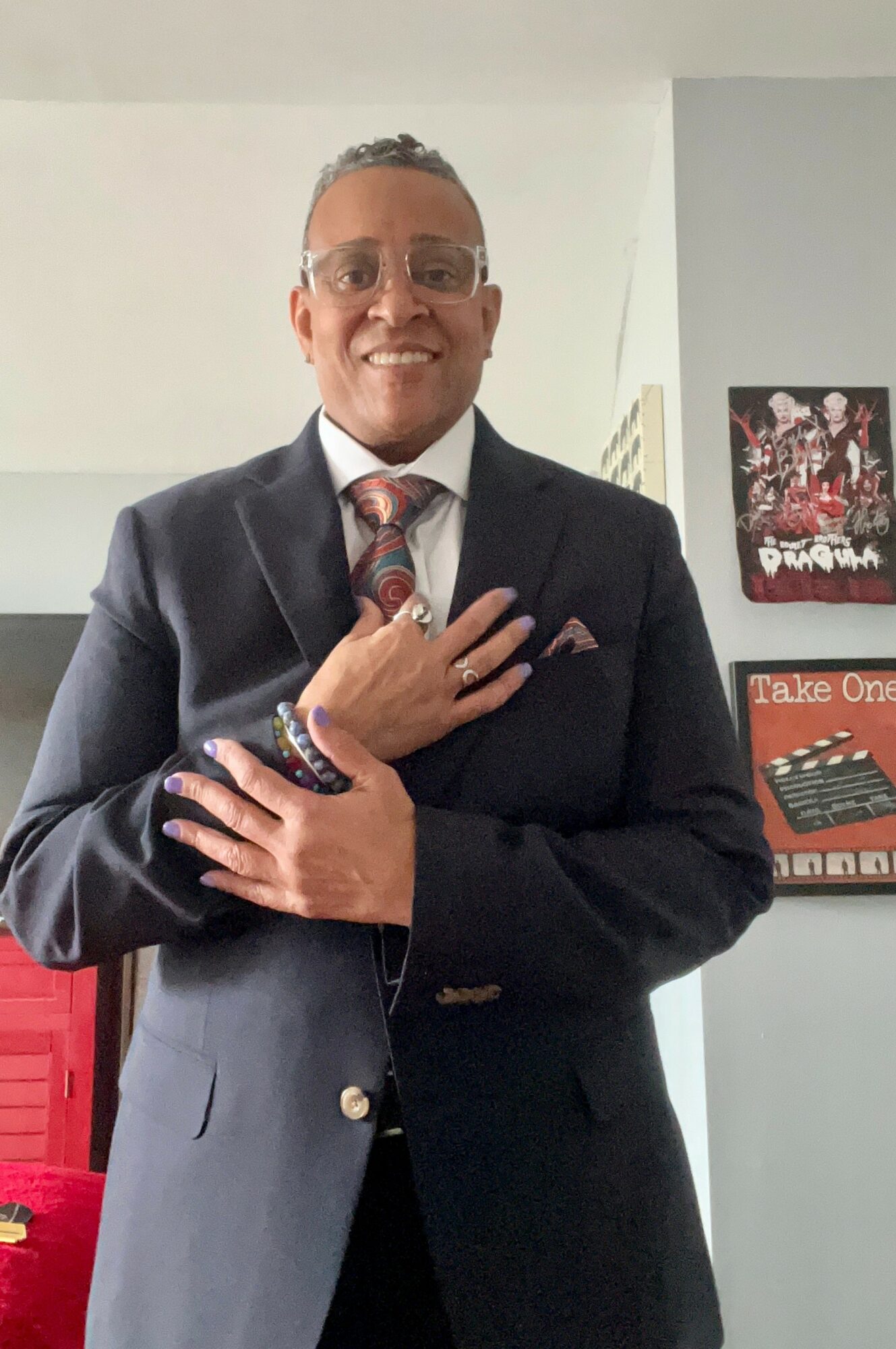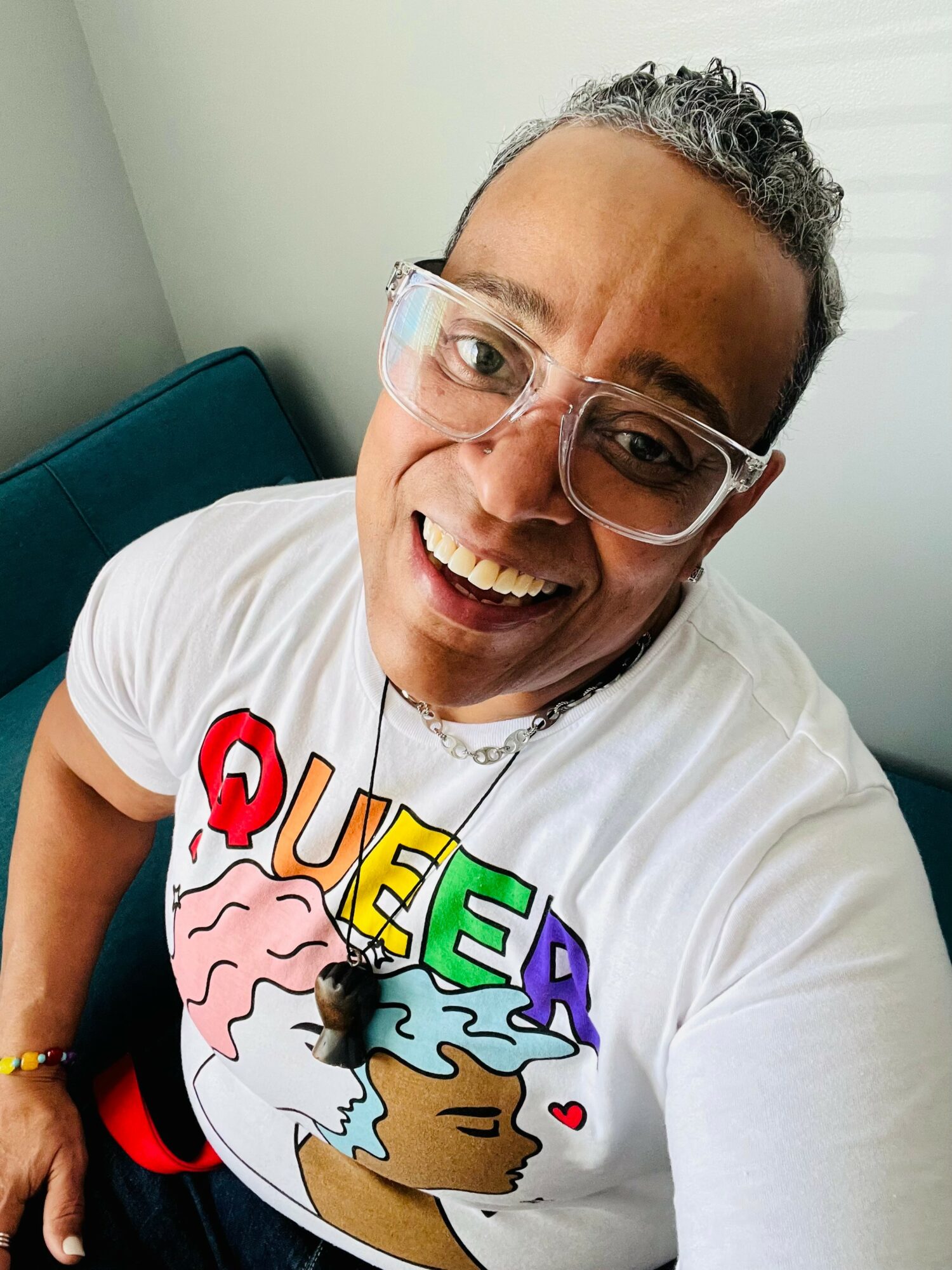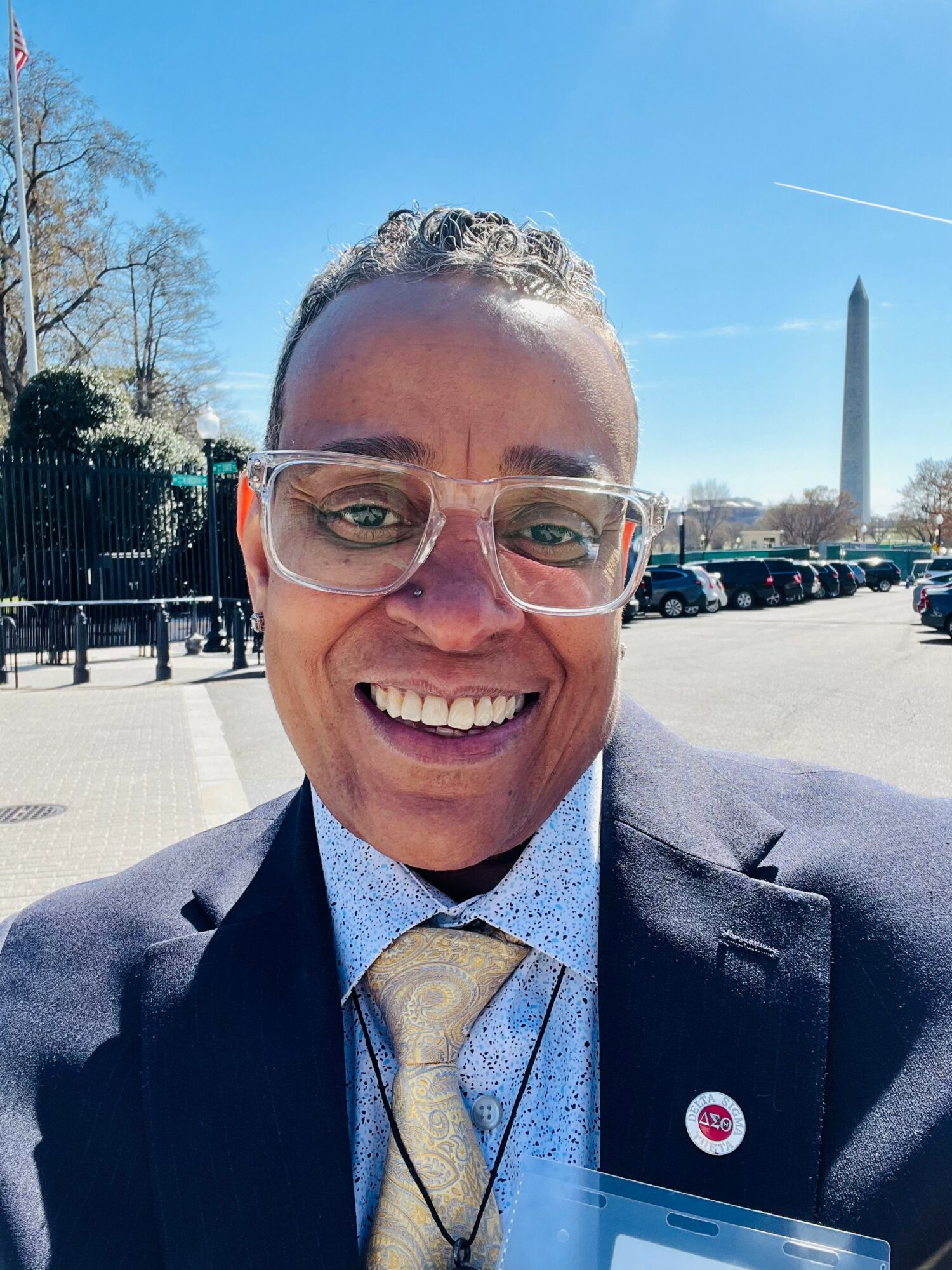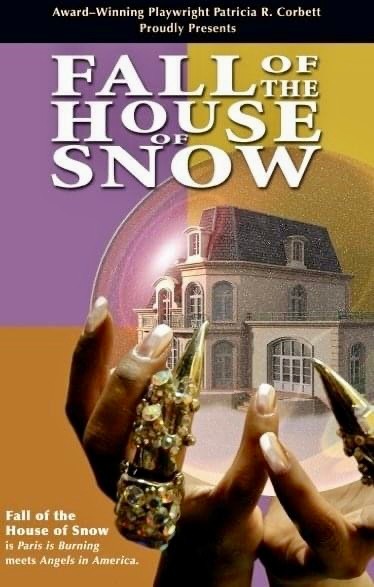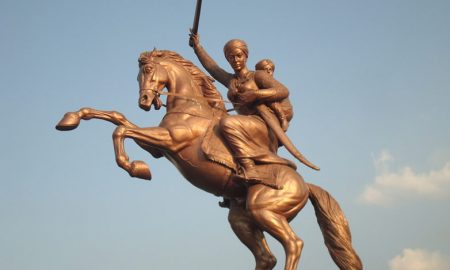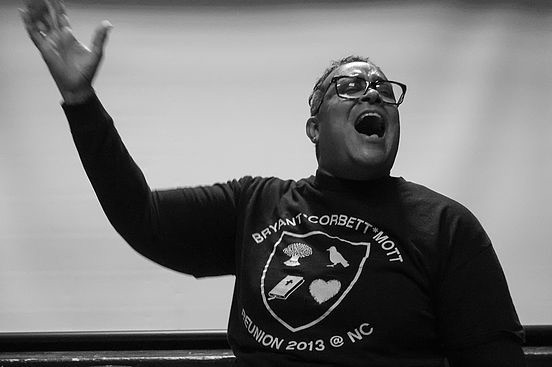

Today we’d like to introduce you to Patricia Corbett.
Hi Patricia, thanks for sharing your story with us. To start, maybe you can tell our readers some of your backstory.
I always describe myself first as a mother and grandmother. I have one son and five grandchildren. I am also an entrepreneur, storyteller, poet, community activist, educator, and award-winning playwright. I have taught high school and college English in Virginia, Washington, DC, and Maryland. While in Washington, DC, I taught high school English and later began working for Metro DC PFLAG as a Safe Schools Coordinator, advocating for LGBTQ+ youth and adults. From there, I became the Director of the After School Kids Program, which served youth who are in the care of the Department of Youth Social Services. I returned to Va after enrolling in the Goddard College Interdisciplinary Arts MFAIA program; upon graduating in 2017, I permanently became a resident of North Carolina.
My journey in professional writing began when I published my first short story, Fall of the House of Snow. I wasn’t aware that writing this short story would open a path to more extensive writing and research. I am a huge fan of historical fiction.
The South is very important to my artistic work. I was born and raised in Richmond, Virginia. Richmond is the former Confederate capital of the South. Very early in life, I was exposed to many racially charged experiences and learned of southern racial politics from my father who was a civil rights activist. With blood, sweat, and tears, and great resilience, he put himself through Virginia Union University and sent my mother, myself, and my three siblings to the university while working as a custodian. He told my mother later that he wanted us to be on campus to encourage an interest in and respect for education. My father was a Civil Rights activist, Southern Baptist minister, baggage foreman at Greyhound Eastern Lines, and a custodian at Virginia Union University. He led protests and was arrested many times. My father is one of the most influential persons in my life and in my art. During the early civil rights struggles of the 60s and 70s, he was one of the very vocal young leaders and ministers in Richmond. My father was a minister, but he also wanted to be an actor, and my mother is an educator, poet, and visual artist. Watching her write poetry and sermons for my father, I would ask for paper so that I could emulate her.
My current project is Perils of a Southern Black Woman: stories, tales, and nightmares told in the light. Perils is a one-woman show inspired by the work of Audre Lorde and my performance with Brown Girls in the Ring, a brown girl collective that I founded with a group of women at Goddard College. Perils is a one-woman show that weaves through the complex issues of race, religion, and gender. This collection examines life as seen through the eyes of the daughter of a Civil Rights activist, Baptist preacher, and teacher. Through a “sermonesque” performance that implores commentary, short stories, poetry, and extemporaneous discourse, the show celebrates blackness, strength, resilience, love, and the contradictory existence of being Black and American in the South. The stories featured are of 16-year-old Virginia Christian, a black teen who was the first woman executed in the state of Virginia. Entertainer Gladys Bentley, a black American blues singer, pianist, and entertainer during the Harlem Renaissance, who was well-known as a black, lesbian, cross-dressing performer. The first transgender Barbie, put on the market by Mattel and Harriet Jacobs, a slave who ran away and hid in an attic space in a barn on a plantation for seven years.
My first novel in progress is Aunt Maggie’s MoJo and the Devil Angel Brown. This novel is about three generations of Black women who are clairvoyant in some way. The protagonist is a Black lesbian detective. But my work doesn’t stop there. I am always thinking about ways to produce edutainment that advocates for human rights and compassion for others.
We all face challenges, but looking back, would you describe it as a relatively smooth road?
What s a smooth road? If there is one, I wouldn’t know it. My journey in life has been a crooked road and an often-treacherous path. Much of my works speaks to my challenges of existing as any one of my identities. Feeling safe in my skin and being authentically me will always garner love and hate. I swallow the love and move around the hate so that can LIVE.
Appreciate you sharing that. What else should we know about what you do?
I am an artist and entrepreneur. I founded JUSTaSISTA Productions in 1998 as Just Another Sister Productions. I was very young then and didn’t know what I wanted to do with the company. I worked with a video production company, so JUSTaSISTA evolved from me writing scripts, bios, and copy, to producing art that is designed to educate, enlighten, and provide a space for the storytelling of marginalized populations. All of the work I do in writing and editing for clients I use for funding my art endeavors. I write and edit most types of copy ranging from white papers to screenplays. Right now, there is a surge in people wanting to make sure their stories are preserved. I don’t seek them out, but what I do tends to bring people to me. The idea is that the company will generate money for artistic projects that benefit various communities.
I am most known as a storyteller, community activist, educator, and writer. The artistic work I am most known for is my sort story and play, Fall of the House of Snow. The play Fall of the House of Snow is very different from the short story. The central character of the short story is a young black woman who is starting to come out and meets this group of female impersonators and how she is impacted by the AIDs epidemic. In the original story, the only female character was a Black lesbian. At the time, I knew black lesbian women in the community who took care of sick and dying friends. I wanted Snow to reflect the bond lesbians have with their gay male friends.
Like many of the people who came of age in the 80s, I could not imagine the impact the newly dubbed “Gay Cancer” would have on my life, my town, and eventually the world. By the time my son’s godfather, John Bryant, Jr., succumbed to the disease in 1996, HIV/AIDS had become rampant, and the casualties weren’t just the people filling up the graveyards. John was always good for a quirky story, and during his last days, he shared with me a nugget of a story — after a hard night of partying, he woke up in a house full of drag queens. As I watched gay venues in Richmond became depressingly empty and the glittery men who used to fill them wither away, John’s story inspired me to give these men, who were being demonized and pushed to the margins, a name, and a voice.
Fall of the House of Snow is a drama set in a small metropolitan city in Virginia during the late 1980s. Essentially, the ‘House of Snow’ is a family of gay, Black men who have joined together for security and support. The ‘House’ not only bears the name of Snow, each of its members has adopted Snow as their last name. References to the ‘House’ are both literal and figurative. The Lady Satin is an apparition who keeps a watchful eye over the House of Snow. In her prime, she rose to what would be known today as “Legendary” status on the east coast. Lady Stain then packed her bags and traveled to Paris to pursue her career as a vocalist and stage performer. Several years later, she returned to the USA, wanting to see family and share with them the fortune she had amassed. Lady Satin’s family rejected her, and she thus purchased the House of Snow. She decides that eventually she would make the home a place where gay black men who struggle with their sexuality, are outcasts or feel isolated from their loved ones could live peacefully s a family. Unfortunately, Satin doesn’t live to see her dream of the House of Snow becoming a safe haven for men. However, she does meet her young protege, Miss Easter Snow. In her dotage, Satin bequeaths the house to Easter, who becomes its matriarch. Over the years, the house had several borders that were all gay men seeking refuge. But it wasn’t until Easter opened the doors to April, Autumn, Christmas, and Kenny to share the house with her that a family was formed. They not only lived as a family in the house of Snow, but they become performers who represent the house on the gay club circuit. With all their human frailties and complexities, the Snows may argue among themselves, but they support each other through their relationships, insecurities and tests of faith.
Prior to writing Fall of the House of Snow, I had never written a play. I was encouraged to convert the short story into a play. I had no intention of being a playwright, but the key, as with all mediums of artistic expression, is strong storytelling which is the core of everything I do. At the time, I considered myself a poet and short fiction writer. So, when I wrote Snow, it wasn’t very polished, but I won a Maryland State Arts Council award for playwriting. I used the award funds to rent the Warehouse Theater in Washington, DC. and held a private reading of the play. I soon discovered that all of my work led me back to Virginia and eventually would lead me further south to North Carolina, the birthplace of my father Rev. Linwood Corbett Sr.
I have written two versions of the play Fall of the House of Snow. The play is a three-act play, and one version is for traditional theater, and the other is for unconventional spaces. What I learned as a graduate student in interdisciplinary arts was that you don’t look for art; art finds you. I think my interest in art, community activism, and shifting art across the disciplines reflects the creativity of both parents.
I am seeking funding to produce my current projects, but Fall of the House of Snow is my favorite. I am also working on Rise of the House a Snow, a documentary about the real House of Snow in Richmond, Va.
What would you say has been one of the most important lessons you’ve learned?
Patience with yourself and others. At 56 years old, I realize that if you are worried, concerned, or fear anything, it is a down payment on tomorrow. Sometimes doing nothing is the best thing you can do. Overthinking or overprocessing will only create more anxiety.
Contact Info:
- Website: www.justasista.com
- Instagram: @justasista_productions
- Facebook: Patricia Girl in a Tie Corbett
- Linkedin: https://www.linkedin.com/in/justasista/
